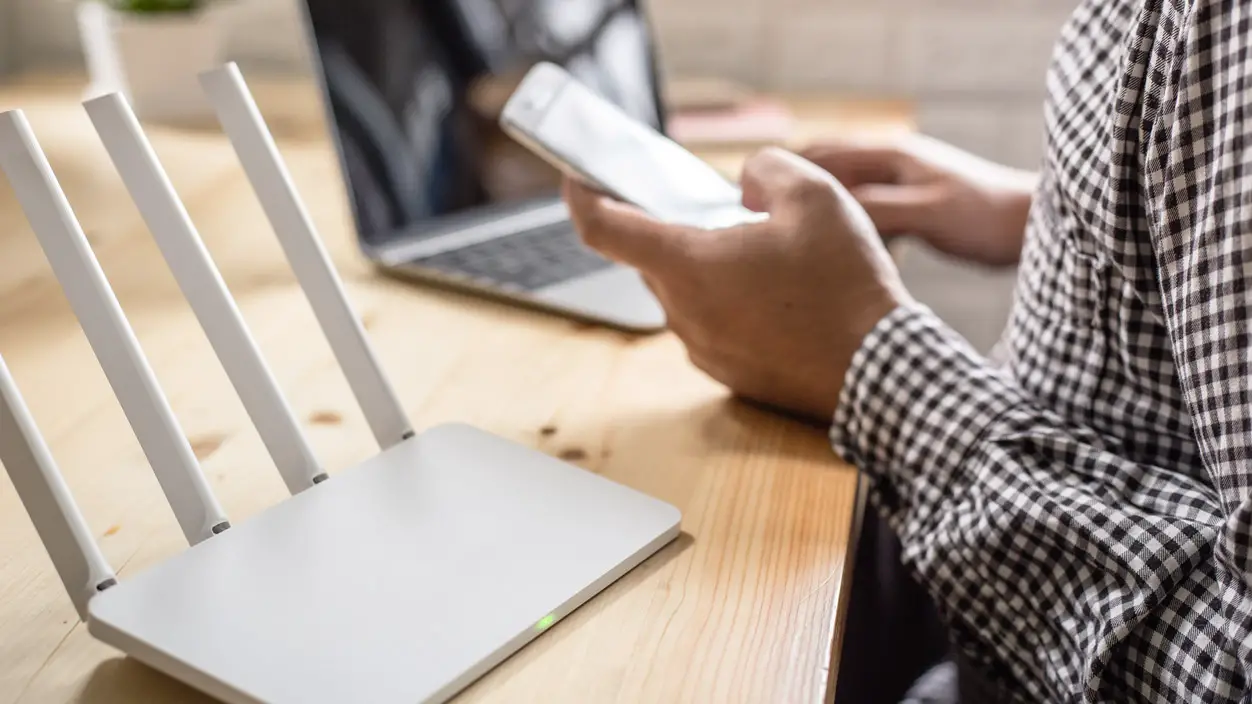Are you concerned about the quality of your home Wi-Fi connection? Perhaps it does not seem to move as quickly as it did when it first hooked up and you have no idea what caused the decline. Here are a few key tips and tricks to consider that will help you to ramp up the power of your home Wi-Fi.

1. Secured vs Unsecured
A good first step is to determine whether you have an unsecured or secured wireless connection established within your home. Secured connections require passwords to access the connection while unsecured connections do not. For example, most public Wi-Fi hotspots are unsecured. This makes it easy for patrons and customers to access the connection, but also makes it easier for cybercriminals and nearby internet users to do the same.
If you have an unsecured internet connection in your home, then you are essentially inviting everyone near your house to use your bandwidth. Make sure that you secure your connection right away with a strong password to reduce the chance of a data breach and help to maximize the power of your home Wi-Fi.
2. Consider Using a VPN at Home
In most cases, consumers who use virtual private networks (VPNs) do so on business trips and when accessing the internet via public hotspots to protect their computers from cybercriminals. What many consumers do not realize is that VPNs can also come in handy when improving the quality of your Wi-Fi connection at home. VPNs are designed to bypass bandwidth throttling, which will enhance your access to the Internet. In addition, you will benefit from the other major selling points that make VPNs such attractive deals – including internet traffic encryption and safer browsing.
3. Modify Your Router Settings
Another way to boost the power of your home Wi-Fi connection is to modify your router settings. Specifically, you should focus on the Quality of Service setting. How would the Quality of Service setting affect anything? You can identify the applications that you want to have priority when accessing the overall bandwidth of your internet connection. By establishing a priority order, you can make sure that your internet access is not affected by other lower-priority applications. For example, you can set HD movie streaming as a top priority, so it will not be affected by social media access, file downloads, etc.
4. Do Not Forget About Your Neighbors
It may seem a little ridiculous, but your neighbor’s Internet connection may have an adverse effect on your own home Wi-Fi connection. Keep in mind that Wi-Fi equipment and devices communicate via channels – channels that may overlap with other nearby channels more frequently than you realize. How do you address this issue?
Chances are that asking your neighbors to turn off their Wi-Fi connection or to get your permission before turning it back on will not work at all. Fortunately, you can simply access a different wireless channel that has a lower number of users. If the bandwidth issue has become a major concern for your specific needs, then it is recommended to invest in a dual-bandwidth router. To get the best results, you should select a router that broadcasts through 2.4GHz as well as 5 GHz frequencies. If you already have a dual-band router, then perhaps you should consider a model that offers two separate networks instead of allowing you to switch between the frequencies.
Read also: Using Multiple WiFi Routers at Home – Pros and Cons Explained
5. Study Your Data Usage, Make the Necessary Changes
You should periodically examine your data usage – especially if you realize that something seems off with your bandwidth and your overall user experience. Log into your online account within your ISP’s website, because you should be able to access a report with historical information and a data meter that indicates how much data you have used in recent months. Detailed reports will even show which devices, websites and/or applications have consumed most of your data.
For instance, think about how much data is used by streaming applications. Netflix reports that a single hour of HD and 4K UHD programming can consume nearly 3GB and 7GB of data respectively. This type of pertinent information can help you to decide what changes (if any) need to be made – such as modifying your data usage or investing in more data.
6. Hardwired, Wireless or Mixed?
Another way you can analyze the power of your Wi-Fi is to analyze which devices could possibly use a wired connection versus a wireless one. You may have an extensive list of devices and equipment that access the internet within your home throughout the day. From Smart TVs and computers to mobile tablets and smartphones, creating a list of all connected devices could prove to be a huge help. More importantly, it will help you to identify which devices could benefit from a hardwired connection instead of wireless.
For instance, if your laptop is kept in a stationary location instead of constantly being on the move, then you should use the Ethernet connection to hardwire it. Doing so will lighten the load for your bandwidth and improve the strength of your wireless connections by focusing on the devices that must be wireless.
[Image via: Google Images]

My internet has been acting up a lot lately. So, I liked that you pointed out that I should check the routers settings. It might be smart for me to check my internet connection as well.